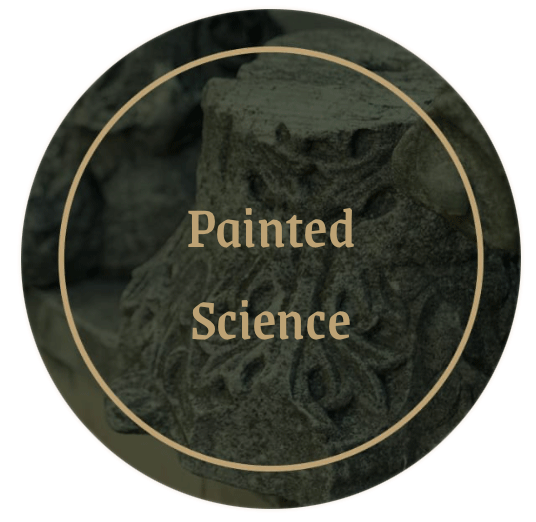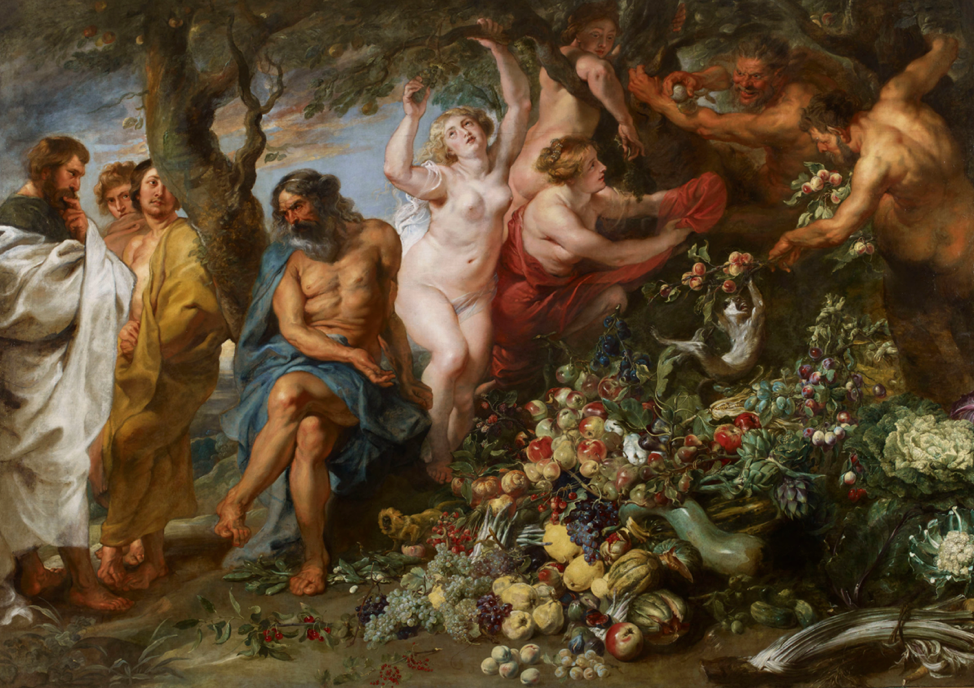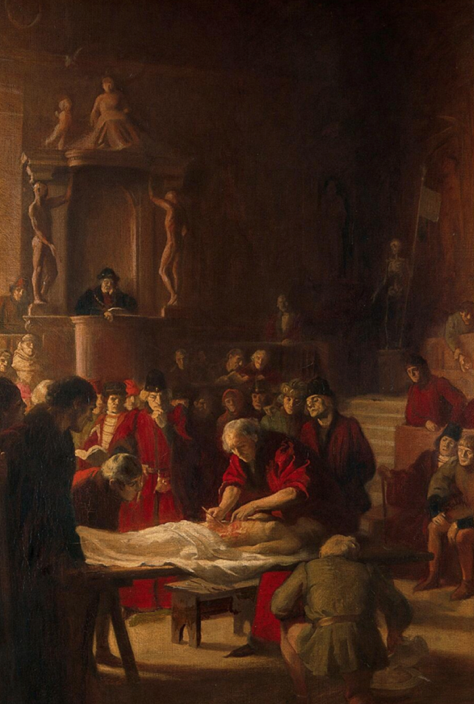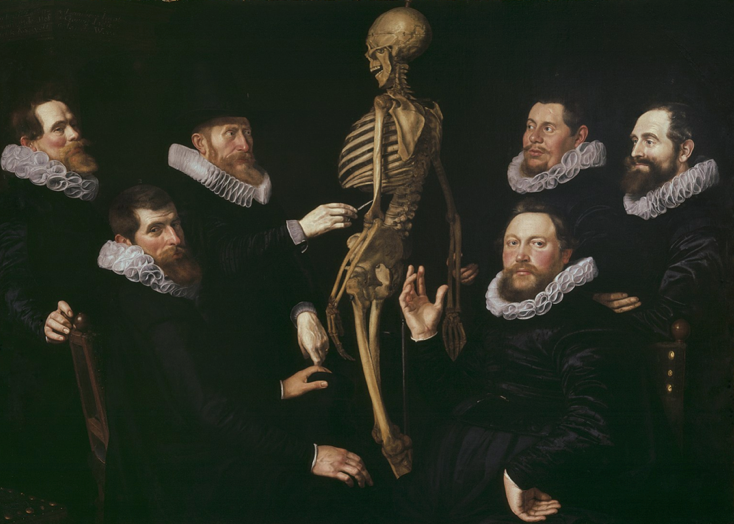
The author of “Painted Science” conducted research into how painters attempted to depict scientific concepts throughout the centuries. The result is a remarkable account that immerses readers in the world of scientific advancements placed within a historical context, spanning from ancient Greece to modern times. “Painted Science” comes highly recommended for individuals interested in gaining knowledge about renowned scientists, their technological accomplishments, and the intersection of art and science.
Purchase
here
Experience the past
In the present day, nearly everything is captured on photographic plates, but until the 20th century, it was primarily the artists who recorded historical events for posterity. These artists often drew inspiration from significant discoveries, inventors, new technological advancements, or recently discovered continents. Furthermore, renowned and celebrated inventors sometimes turned out to be talented painters or illustrators.
“Painted science” is a collection of paintings by artists who documented discoveries on canvas that proved to be of great historical value. From Greek philosophers to scientists like Copernicus, Galileo, Huygens, Bell, and Curie, they are all painted and exhibited in major museums worldwide, showcasing their discoveries. In addition to prominent figures in science, this book also features artworks depicting the oldest universities, explorers, scientific fraud, and much more. “Painted Science” takes you on a journey through the world of significant discoveries and technological innovations through 200 artworks that illustrate the names and inventions that have changed our world. Even enthusiasts of trivia games will no longer forget “who the inventor of…” with an image etched in their memory.
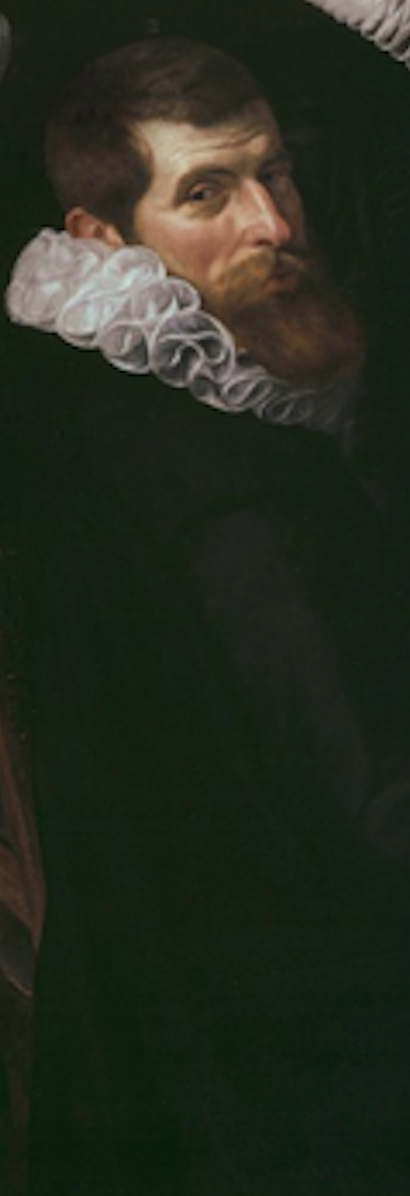
Learn about painted science
The Osteology Lesson of Dr. Sebastiaen Egbertsz., 1619
Nicolaes Eliasz. Pickenoy (1580-1650)
Amsterdam Museum
Osteology attempts to determine certain characteristics of bones to provide insights into the organisms they belonged to. Osteology has its origins in the study of anatomy, which dates back to ancient civilizations such as ancient Egypt and Greece. The examination of skeletal remains became particularly important during the Renaissance, when scientific inquiry and anatomical dissections flourished. The development of osteology as a specialized field gained momentum in the 19th century with advancements in comparative anatomy and the recognition of bones as key indicators of species identification, age, sex, and pathology. Osteologists study the bones of humans, domestic animals, and hunted game, providing valuable information about past human living environments, conditions, and cultures.
For more facts, order the book here.
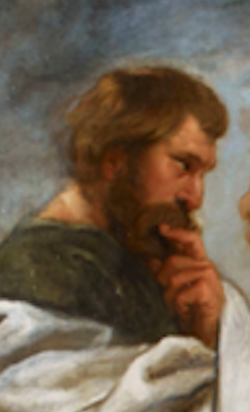
Pythagoras advocating vegetarianism, 1628-1630
Peter Paul Rubens (1577-1640) and Frans Snyders (1579-1657)
Royal collection Trust, Hampton Court Palace
Pythagoras’s right arm is outstretched, pointing at the fruits. The painting depicts a scene from the last book of Ovid’s Metamorphoses, where he tells the story of the foundation of Rome and describes a meeting between Rome’s founding king, Numa Pompilius, and Pythagoras.
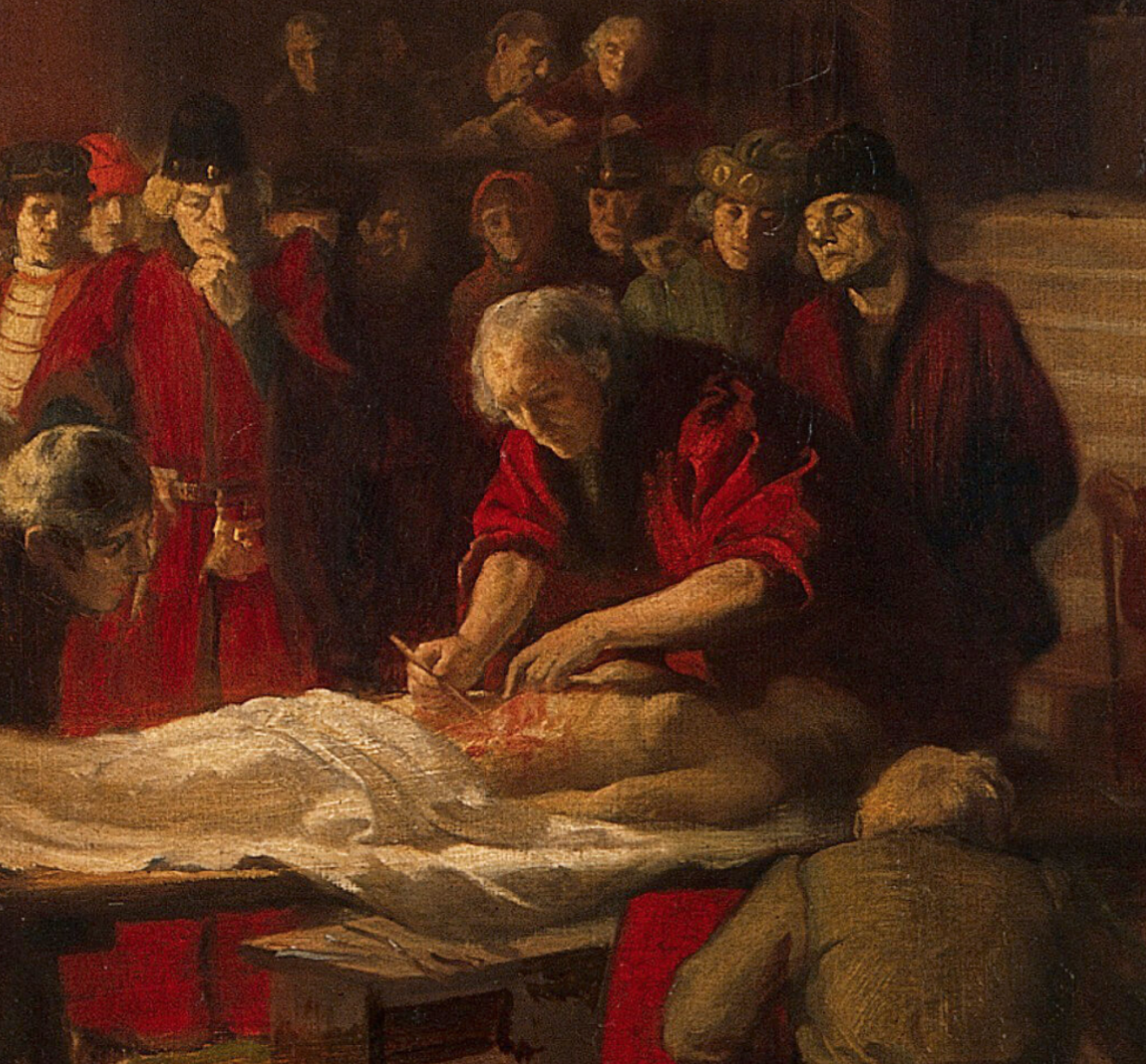
Anatomical knowledge
Mundinus, the Italian anatomist, making his first dissection in the anatomy theatre at Bologna Ernest Board (1877-1934)
Wellcome Collection
Mundinus, who worked at the University of Bologna and wrote a standard anatomical textbook, “Anathomia.” The book was based on his work as an anatomist of human cadavers. His work remained the standard anatomy book until the publication of the anatomical descriptions by Andreas Vesalius in the 16th century. He introduced the teaching of anatomy as an essential part of the medical curriculum.
Painted Science.
4000 Years of science in art.







